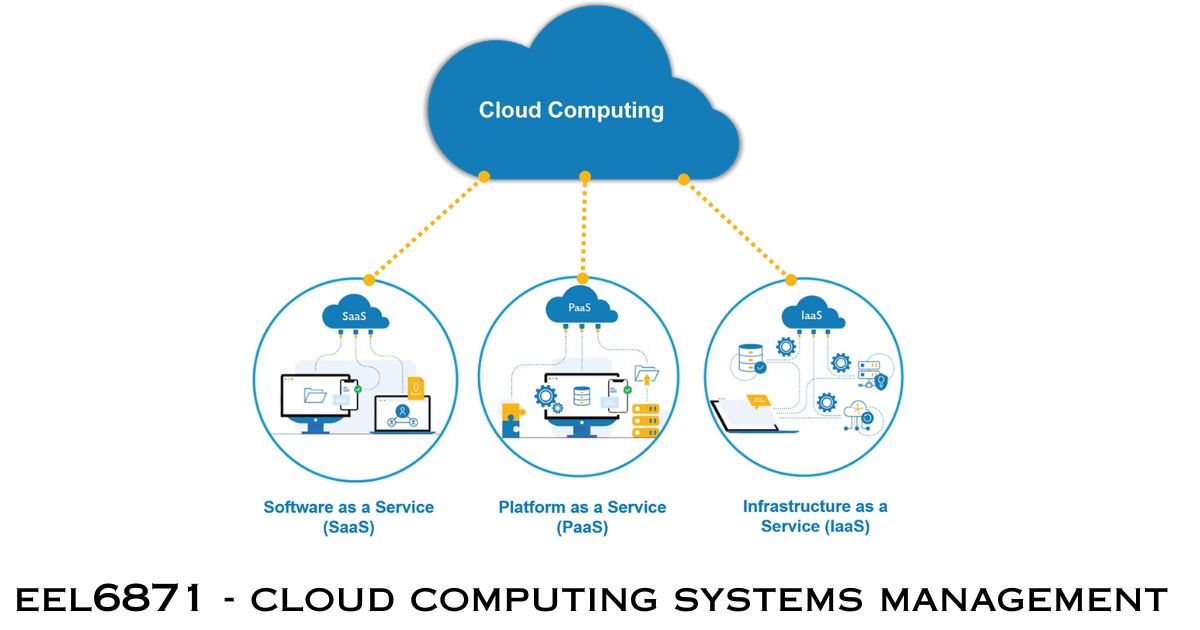EEL6871 – Cloud Computing Systems Management is an advanced course designed to provide students with a comprehensive understanding of cloud computing technologies and their management principles. As businesses and organizations increasingly migrate their IT infrastructure to cloud platforms, The need for skilled managers and optimizers of complex systems grows. This course teaches students how to succeed in cloud computing’s fast-changing profession.
What is eel6871 – cloud computing systems management?
ISEEL6871 is a course focused on Cloud Computing Systems Management. This educational program teaches students the essential principles, practices, and tools to manage cloud-based infrastructures and services effectively. Modern IT relies on cloud computing to store, process, and retrieve data and applications remotely.
The Importance of eel6871 – cloud computing Systems management
Cloud computing systems administration must efficiently optimize company processes and cloud capabilities. Proper management guarantees data security, compliance, performance optimization, and cost control.

Key Components of Cloud Computing Systems Management
To effectively manage cloud computing systems, several critical components require attention:
Resource Allocation and Optimization (H2)
Scalability is one of cloud computing’s main benefits. Effective resource allocation and optimization ensure that businesses only use what they need, reducing costs and enhancing efficiency.
Security and Privacy (H2)
Cloud computing requires privacy and security. Cloud security requires data protection, unauthorized access prevention, and compliance with legislation.
Scalability and Flexibility (H2)
Scalability allows businesses to expand or reduce cloud resources based on changing requirements. Flexibility enables the adaptation of different cloud models to suit specific needs.
Monitoring and Performance (H2)
Regular monitoring and performance analysis of cloud systems is vital for identifying and resolving issues promptly. Proactive management ensures optimal performance and minimizes downtime.
ALSO READ THIS: Unleashing the Power of YouTube: The Ultimate Guide to Success
Cloud Service Models (H1)
Cloud computing offers various service models to cater to different business needs:
Infrastructure as a Service (IaaS) (H3): Internet-based IaaS provides virtual machines, storage, and networking. It allows businesses to avoid infrastructure maintenance and focus on application development.
Platform as a Service (PaaS) (H3): PaaS lets developers design, deploy, and manage apps without worrying about infrastructure.
Software as a Service (SaaS) (H3): SaaS delivers applications over the InternetInternet on a subscription basis, eliminating the need for installation and maintenance on individual devices.
Cloud Deployment Models (H1)
Different cloud deployment models cater to varying degrees of data control and management:
Public Cloud (H3): Public cloud services are available to the general public and are managed by third-party providers. They offer cost-effective solutions for businesses without the burden of infrastructure management.
Private Cloud (H3): A private cloud is dedicated to a single organization, offering greater control over data and security. It is ideal for businesses with strict compliance and data governance requirements.
Hybrid Cloud (H3): The hybrid cloud combines public and private cloud resources, providing the flexibility to store sensitive data in a private cloud while utilizing public cloud scalability for other services.
Challenges in eel6871 – cloud computing systems management
While eel6871 – cloud computing systems management provides numerous benefits, it also comes with its share of challenges:
Data Security and Compliance (H2)
Securing data and ensuring compliance with industry regulations pose significant challenges in cloud computing systems management.
Cost Management (H2)
The pay-as-you-go cloud computing model can lead to unexpected costs if not monitored and optimized effectively.
Vendor Lock-in (H2)
Migrating between cloud providers can be complex and costly, leading to vendor lock-in issues.
Integration Complexity (H2)
Integrating cloud services with existing on-premises infrastructure can be challenging and requires meticulous planning.
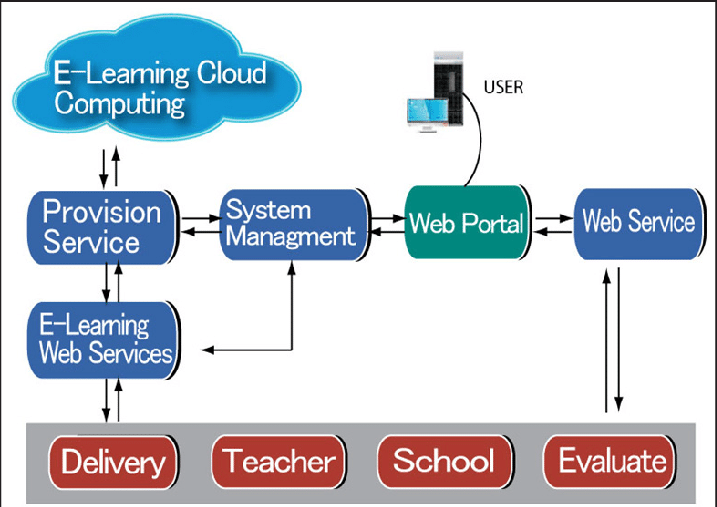
Best Practices for Effective eel6871 – cloud computing systems management
To overcome the challenges and ensure successful cloud computing systems management, businesses should adopt these best practices:
Comprehensive Cloud Strategy (H3): Develop a clear, well-defined cloud strategy aligned with business goals and objectives.
Automation and Orchestration (H3): Automate repetitive tasks and orchestrate workflows to enhance efficiency and reduce the risk of manual errors.
Regular Data Backups and Disaster Recovery (H3): Implement robust backup and disaster recovery plans to safeguard data and ensure business continuity.
Continuous Monitoring and Performance Optimization (H3): Constantly monitor cloud systems to identify performance bottlenecks and optimize resource utilization.
Staff Training and Skill Development (H3): Invest in training your IT staff to stay updated with the latest cloud technologies and management practices.
Cloud Management Tools and Solutions
Numerous cloud management tools and solutions simplify the process of managing cloud resources:
AWS Management Console (H3): Amazon Web Services (AWS) offers an intuitive web interface to manage various AWS services seamlessly.
Microsoft Azure Portal (H3): Microsoft Azure Portal provides a unified platform to manage and deploy Azure resources effectively.
Google Cloud Console (H3): The Google Cloud Console offers a user-friendly interface to oversee and control Google Cloud services.
OpenStack (H3) lets enterprises construct and manage private and public clouds.
The Future of eel6871 – cloud computing systems management
eel6871 – cloud computing systems management is changing due to numerous trends:
Edge Computing (H2): Edge computing brings computation closer to the data source, reducing latency and enhancing real-time data processing capabilities.
AI-Driven Cloud Management (H2): Artificial Intelligence will significantly automate cloud management tasks and enhance decision-making processes.
Serverless Computing (H2): Serverless computing abstracts server management, allowing developers to focus solely on code development.
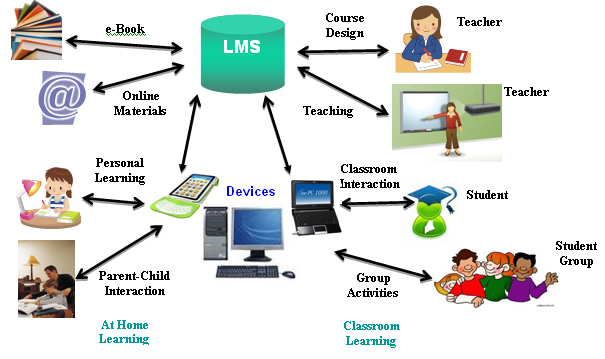
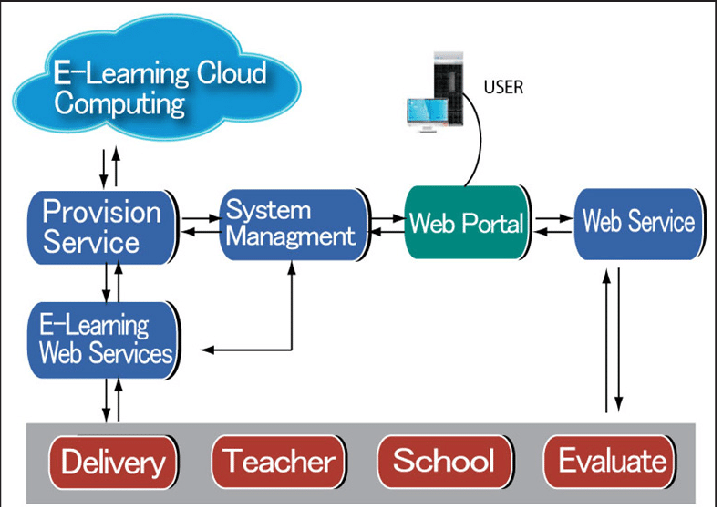
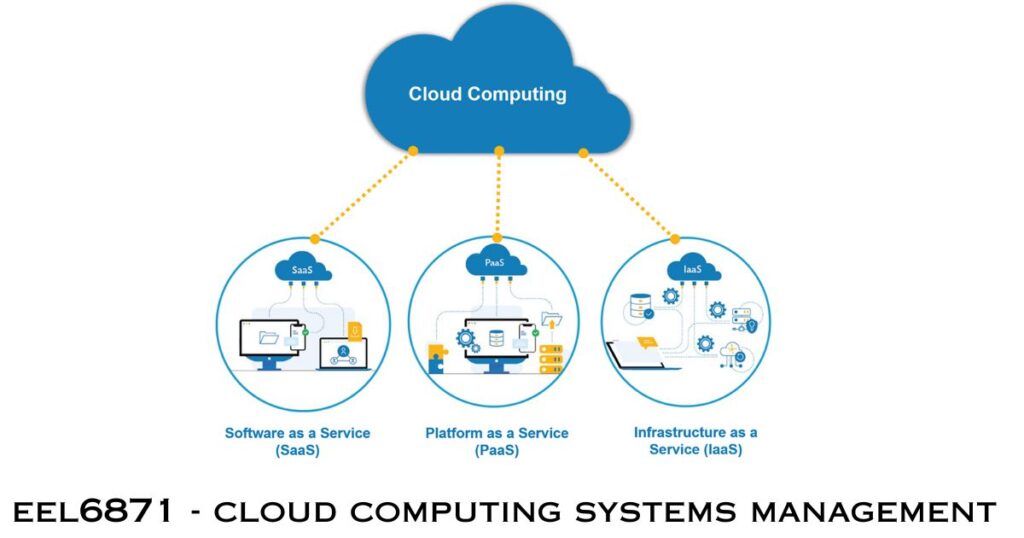
FAQs
Q: What is cloud computing?
A: Cloud computing refers to delivering on-demand services over the Internet, including storage, servers, databases, and software.
Q: Why is cloud computing systems management essential?
A: Proper management ensures data security, compliance, performance optimization, and cost control in cloud environments.
Q: What makes cloud computing systems management work?
A: The key components include resource allocation, security, scalability, and performance monitoring.
Q: What are the different cloud service models?
A: The main cloud service models are IaaS, PaaS, and SaaS, each catering to different business needs.
Q: What are the challenges in cloud computing systems management?
A: Challenges include data security, cost management, vendor lock-in, and integration complexity.
Conclusion
EEL6871 – Cloud Computing Systems Management has provided a comprehensive and in-depth exploration of the dynamic and ever-evolving field of cloud computing. Throughout this course, we have delved into various aspects of cloud computing systems, their management, and their challenges and opportunities in today’s digital landscape. One of the key takeaways from this course is the significance of cloud computing as a transformative technology. Cloud platforms have revolutionized how businesses and individuals manage and store data, host applications, and access computing resources.
